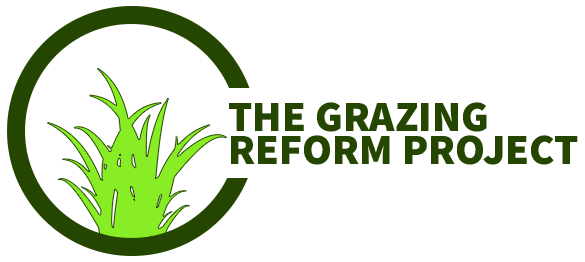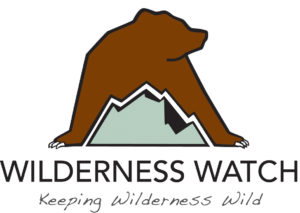Degraded Willow Wetland in Big Meadows
Destruction of breeding habitat by grazing cattle is the #1 reason Willow flycatchers are listed as “endangered” pursuant to the California Endangered Species Act.
Degraded Willow Wetland in Big Meadows Read More »







